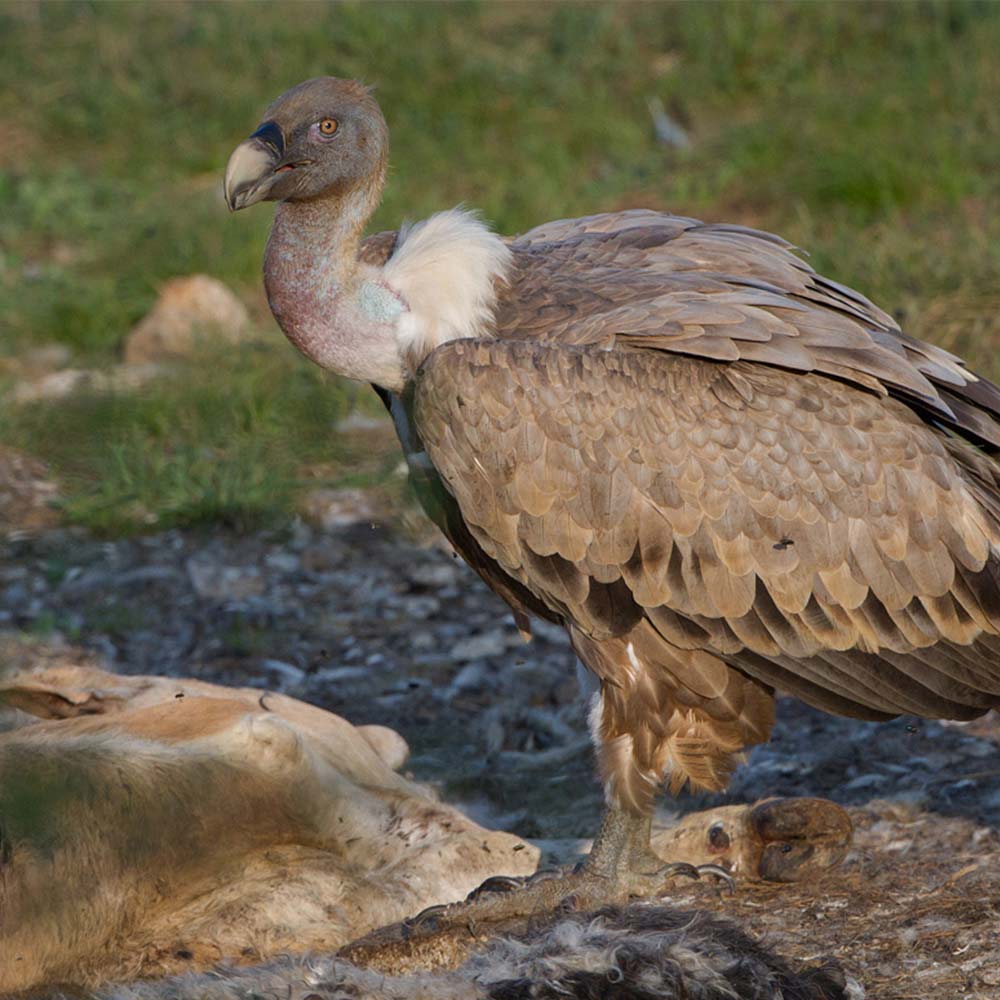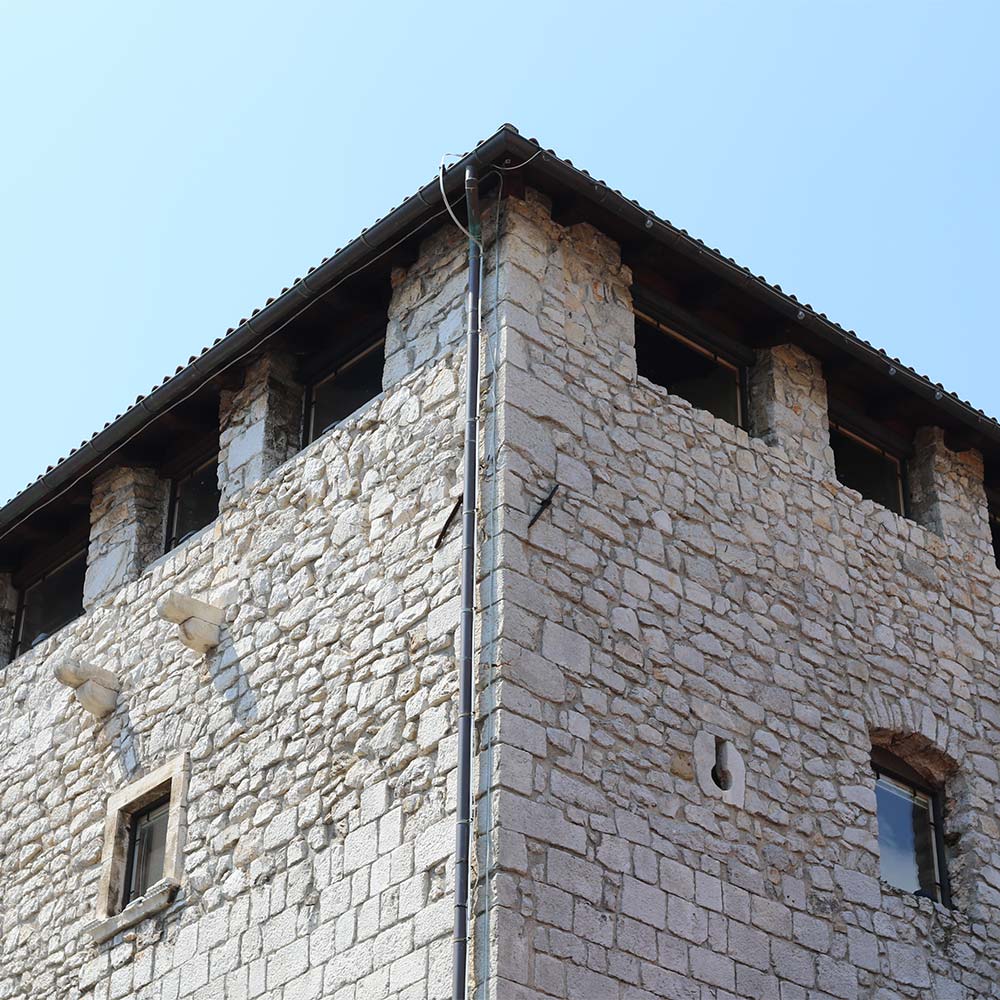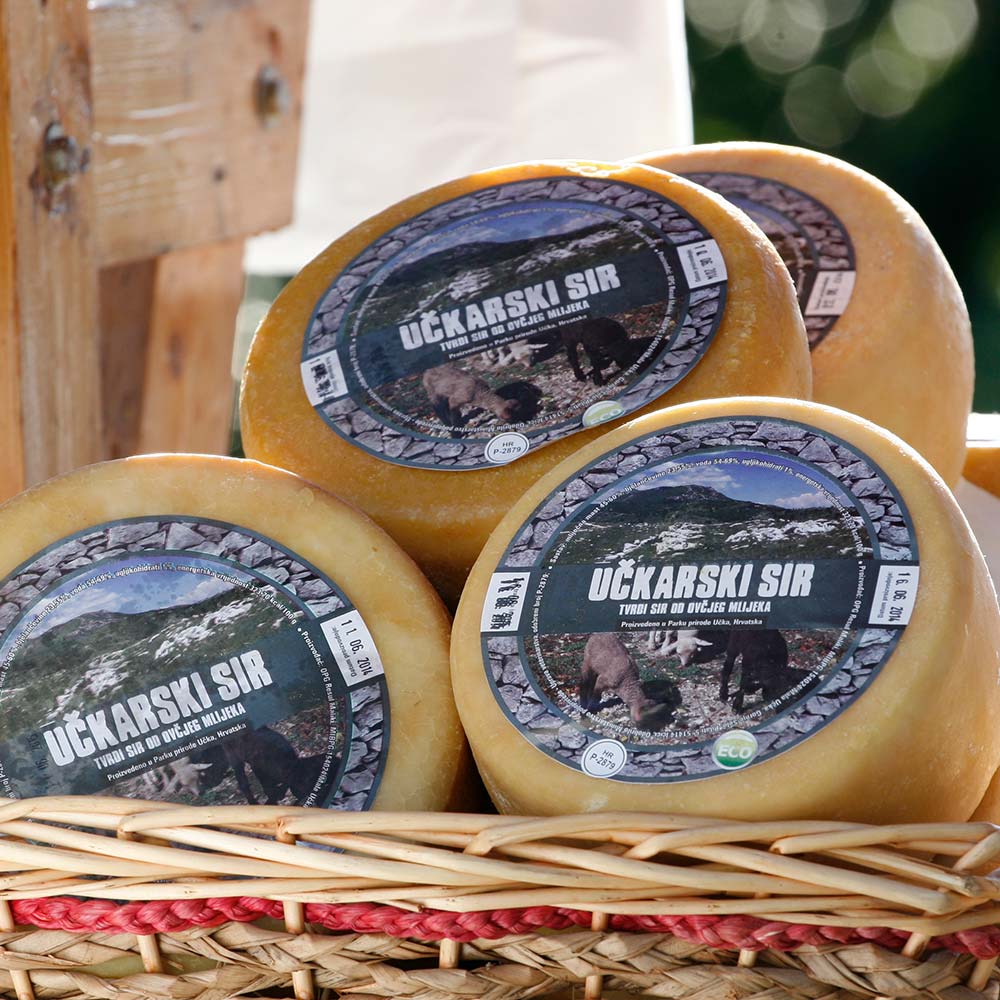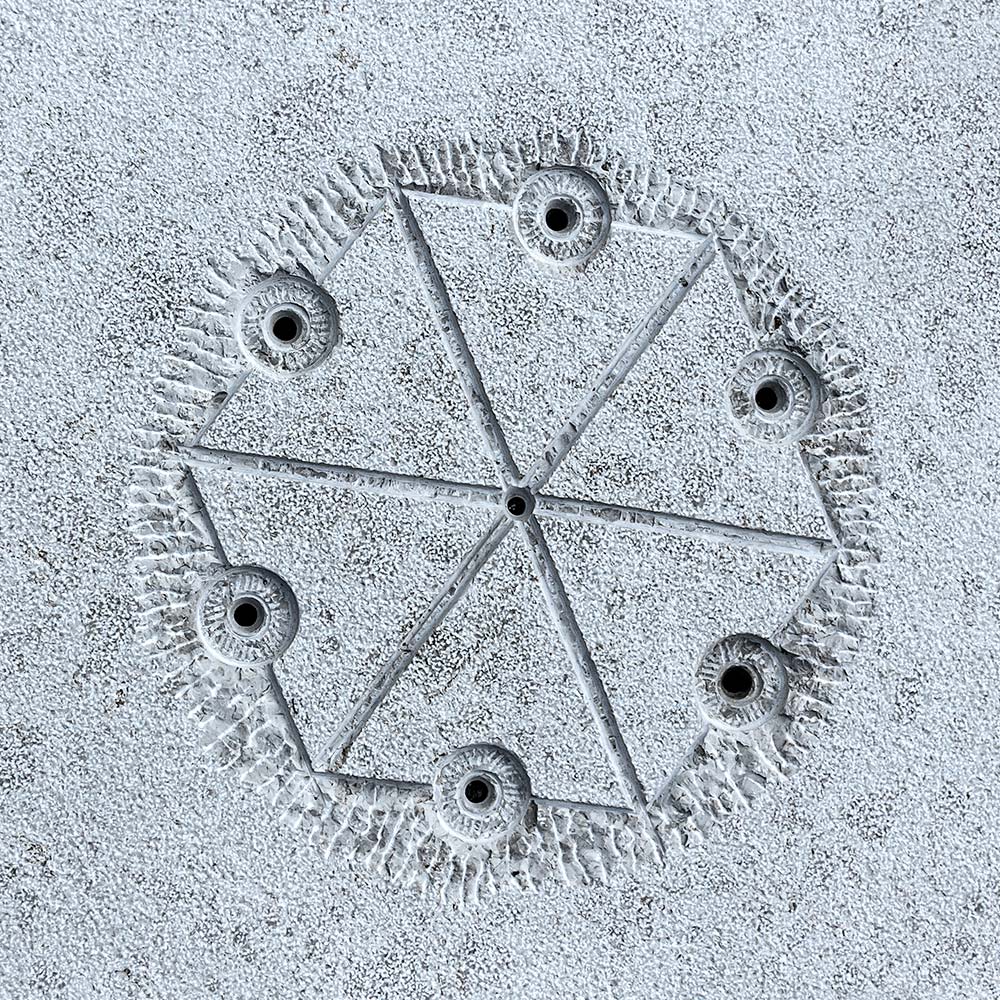 Just like today, water has always been the basic requirement for human settlement of a given area. The 14,000-year-long history of human activity on Mount Učka can mostly be put down to the area’s abundant water supplies.
Just like today, water has always been the basic requirement for human settlement of a given area. The 14,000-year-long history of human activity on Mount Učka can mostly be put down to the area’s abundant water supplies.
From the hydrological and hydrogeological perspective, the area of the ridge of Mount Učka belongs to the River Raša catchment area (in the west) and the coastal sources between Plominska draga and the Preluk Bay catchment area (in the east). Particularly interesting from the hydrogeological perspective is the peak ridge of northern Učka. Due to its absorption capacity and permeability, fissured and karstified Upper Cretaceous limestone collects groundwater. This limestone lies onimpermeable flysch layers, which is why surplus accumulated groundwater overflows at the contact zones between flysch and limestone. The result is many high-quality water sources at the foot of Učka ridge, many of which are used for water supply in the Liburnian area.
The morphology of the slopes of Mount Učka is characterised by several torrential valleys that cut deep into the mountain and can be several kilometres long. Particularly interesting are the gorges of Medveja and Mošćenička Draga. These valleys are dry most of the year – the streams in them only carry large amounts of water in periods of abundant precipitation. This is why they are called torrential streams. The longest torrential watercourses in the park area are: the stream of Potok that flows into the sea in Mošćenička Draga; the torrent that flows into the cove of Medveja; and the stream of Banina, which flows into the sea in Ika.
It is worth mentioning here that until several decades ago, many of the present torrents were permanent watercourses. However, due to changing hydrological and climatic conditions, and because many natural water sources are today being used for the water supply system, these are now just intermittent streams.
In the park there are cca. 50 karst ponds that were regularly maintained in the last century by the inhabitants of nearby villages for the purpose of providing water for cattle and agricultural activities in otherwise waterless areas of Učka and Ćićarija. Today such ponds no longer have this function, but due to the scarce availability of water in karst areas in general, they still have an important role for various plant and animal species as the only habitat in which they can survive.




